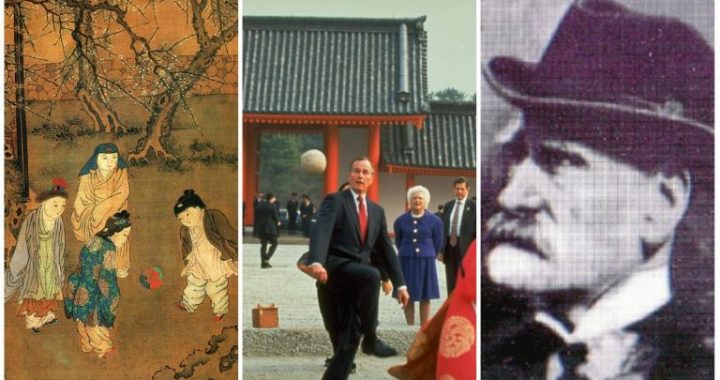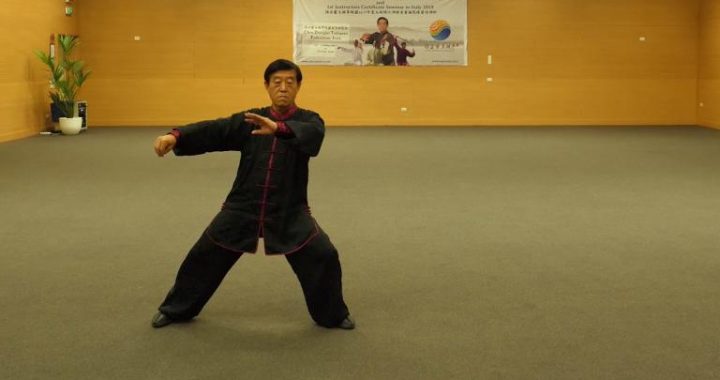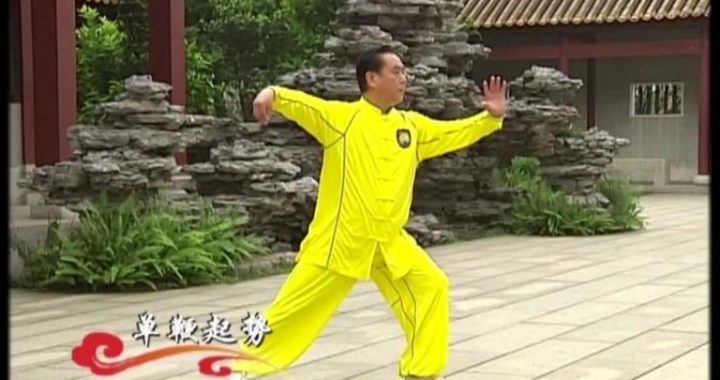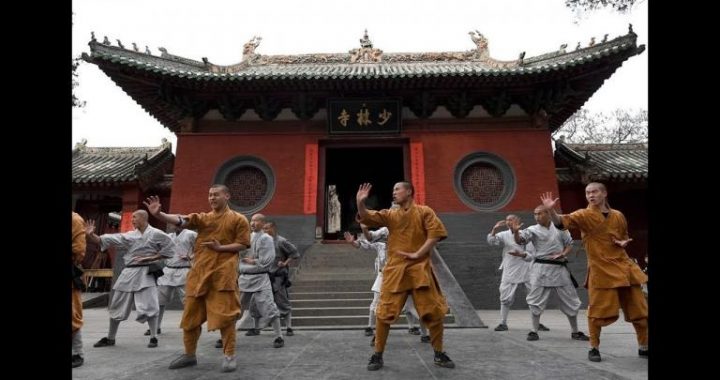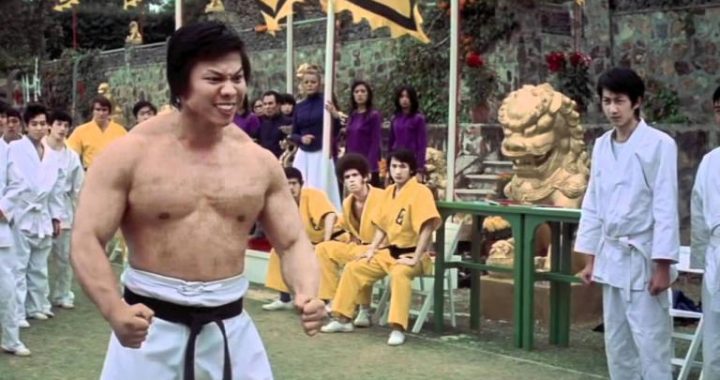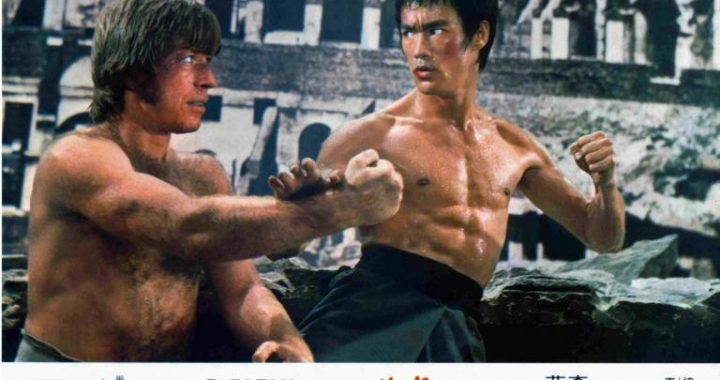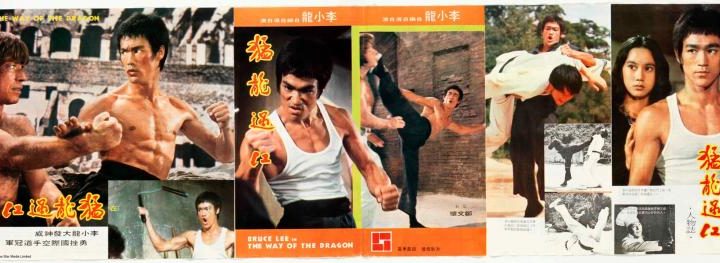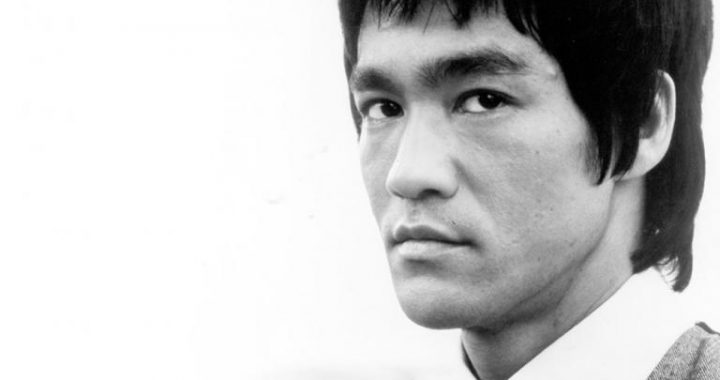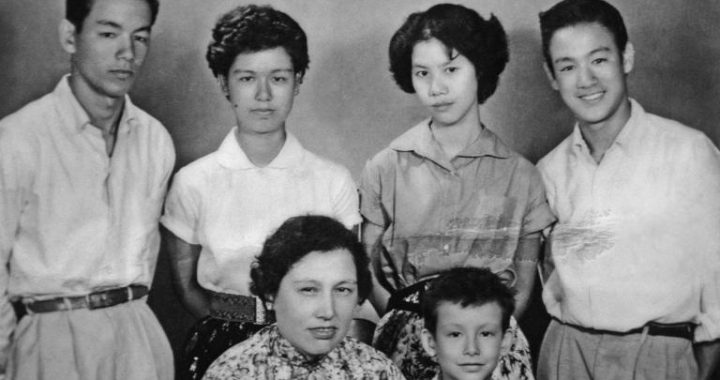Two Big Challenges in the Martial History
6 min readTwo major challenges to the Chinese martial art came from foreign fighting; one occurred in the middle of the Ming Dynasty, and the other in the early 2oth century.
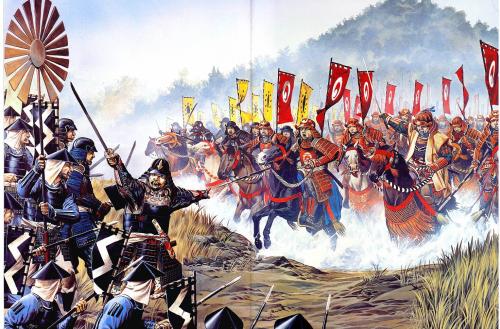
During the Jiajing Period of the Ming Dynasty (1522-1566),a large number of Japanese samurai, known as Wokou (Japanese pirates), invaded the Southeast area of China. These Japanese samurai were fierce and merciless. They colluded with Chinese pirates to attack and encroach Chinese prefectures and counties, burning, killing and looting wherever they went in Jiangsu, Zhejiang, Fujian and Guangdong provinces. Over a hundred years, the government of the Ming Dynasty moved out its armed forces to defeat the Japanese pirates.
Portrait of QiJiguang Sword of Qi Jiguang’s troops Drawing of battle array (partial), the Ming Dynasty The Japanese samurai are accustomed to using Wodao (long knife), which is slender and heavy with a thick back, and thin and cocked edge. Qi Jiguang,a Chinese military general and national hero during the Ming Dynasty, found that Chinese soldier knife skills were poorer than the Japanese samurai, so he trained his soldiers to use langxian(a utensil made of bamboo brush), big stick, long lance and other long weapons to fight against the Japanese Wodao, and made outstanding achievements in fighting against the Japanese pirates. This demonstrated the Chinese swordsmanship set was no better than that of Japan during the mid-Ming Dynasty. While Qi Jiguang defeated Japanese pirates while the military fought, competition between the Shaolin monks and Japanese samurai is argued to be the most direct competition between Chinese and Japanese Kungfu.
According to the historical records, in 1553(the 32nd year of the Jiajing era), Japanese piratesbegan a large-scale invasion of Nanhui (belonging to Shanghai today). The Shaolin monks led the fight and utterly defeated the Japanese pirates. The Shaolin monks defeated the Japanese pirates many times, and more than 3o monks sacrificed their lives for the country.
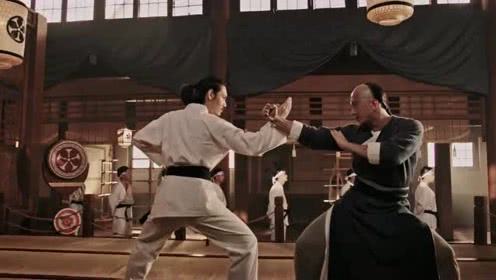
More importantly, the Shaolin Kungfu defeated the long knife of the Japanese pirates, and taught the Japanese samurai, who consider themselves a world above others, the toughness of Chinese Kung Fu, creating proud records for Chinese Wushu history.More than 3oo years later, China and other foreign countries carried out another big battle atthe end of the ioth century, which lasted nearly half a century, ending in the 194os. The battle location began in Beijing before moving to Tianjin, Shanghai and then Tokyo. It was the true competition between the Chinese masters and foreign masters. After the fights were over, the label on old China,”Sick Man of East Asia,”was consigned to the dustbin of history. The Chinese Wushucircle shared the same hatred for the common enemy and wrote a song of moral sense for Chinese Kungfu.
According to statistics, the major fighting examples at that time included: Che Yonghong(1833-1914, Xingyiquan style), defeated a Japanese samurai in 1888 in Tianjin; Huo Yuanjia (1869-1910, Mizongquan), scared the British giant away in Shanghai in 1910, before defeating four people from the Japanese Judo Association in Shanghai; Han Muxia (1867-1947, Xingyiquan style), won a fight against Russian strongman Kang Tyre in1918 in Beijing; Wang Ziping (1881-1973, legs and fists), defeated Russian strongman Kang Tyre in 1918 in Beijing, Americanstrongman Alaman and Germany strongman in 1919 in Qingdao, before defeating Japanese Sato in 1919 in Jinan;Chen Zizheng(1878-1933, eagle claw boxing), beat an American boxer in 191g in Shanghai, and a British boxer in 1922 in Singapore; Sun Lutang (1861-1932, Taijiquan), defeated a Japanese samurai in 1922 in Beijing, and six Japanese samurai in 1930 in Shanghai; Tong Zhongyi(1879-1963, Liuhe boxing), beat a Japanese samurai in 1925 in Shanghai; Yang Fawu(no details for date of birth, wrestling technique), gained a series of victories of three Japanese judo masters in 1930 in Tokyo; JiWanshan(1903-, Shaolin boxing), won a Russian strongman in 1933 in Harbin; Ma Jinbiao(1881-1973, Cha Quan), defeated an American man in the 193os in Nanjing; Wang Xiangzhai (1885-1963, Yi Quan), defeated Hungary Inge in 1928 in Shanghai, Japanese samurai in the 194os in Beijing; Zhao Daoxin (1908-1990, Xingyi Quan,a student of Wang Xiangzhai), beat Norwegian Andersen in 1930 in Shanghai; Li Yongzong (a student of Wang Xiangzhai), defeated Italian James in the 193os in Beijing; Li Raochen (1876-1973, Sanhuang Paochui), defeated Japanese samurai at the end of the 1o3os in Beijing and Japanese samurai in the 194os in Nanjing; Cai Longyun (1928-present, Hua Quan), defeated Russian strongman in 1943 in Shanghai, and American boxers in 1946 in Shanghai.
Due to the lack of historical data, only the technical level and title of three foreign boxers who were defeated by Master Wang Xiangzhai are known. Hungary Inge won the world lightweight professional boxing champion and worked as a boxing coach of the Shanghai YMCA.Keniqi Takuike,a Japanese master of five Dan in Judo and four Dan in Kendo,was also defeated by Wang Xiangzhai.
After that,he began to learn Yiquan.When he went back to Japan,he founded Taikiken.Norwegian Andersen,who was defeated by Zhao Daoxin,worked as the bodyguard of Song Ziwen,the minister of the finance at that time.
Photo of Guo Huide,who defeated other foreign amateur boxes and became the champion of Shanghai boxers Matchin 1931 Photo of Cai Longyun(right)and the author of this book,Beijing,April,1998 Through the analysis of historical records,it was found that:The major battlefields were in China;boxers knew little about Chinese martial arts before fighting and underestimated Chinese Wushu;
Photo of Huo Yuanjia
Huo Yuanjia,born in Xiaonanhe Village,Xiqing District,Tianjin on Jan.19,1869,was a patriotic martial artist and the fon eion me founder of the Jing Wu Sports Federation.He defeated the foreign men of muscle in Tianjin and Shanghai by“Mizongquan”handed down from the older generations of the Huo family.His life story has been made into films many times.
Foreign boxers were defeated by top-grade Chinese Wushu masters;This batch of masters came from northern China,eight of whom were from Hebei province.
Three men were ethnic minorities while Wang Ziping and Ma Jinbiao were Hui nationalities andTong Zhongyi was of the Man nationality; According to statistics on Che Yonghong, Huo Yuanjia, Han Muxia, Wang Ziping, Chen Zizheng, Sun Lutang, Tong Zhongyi, Ji Wanshan and Wang Xiangzhai, the first time they defeated the foreign boxers, their average age was 47.2 years old, while Sun Lutang was a 69-year-old man when he beat six Japanese samurai in Shanghai; Eight of the 15 Wushu masters practiced Shaolinquan, five men used Xingyiquan and one studied Taijiquan.
At the time, foreign boxers who came to China were very arrogant and supercilious. In the fall of 1925,a batch of Japanese judo masters gave an open challenge at Kunshan park of Hongkou District, Shanghai. They wrote such phrases such as “no competitor of fists in east Asia, kicking China shows invincible might”and “smash all enemy resistance.”However, Chinese master Tong Zhongyi defeated a Japanese samurai and broke the enemy’s spirit.
In Chinese wrestling master Yang Fawu also defeated many Japanese judo masters, which disgraced the Japanese Mikado.
Chinese Wushu masters achieved a series of brilliant combat performances and stirred the international fighting circle.
However, some Chinese masters also fell prey to a plot by foreigners, such as Huo Yuanjia. In 1910, Japanese established a judo association in Shanghai. Many Japanese judo wrestlers in Shanghai held a grudge against Huo Yuanjia for his fame and success. They arranged competitionsbetween Huo and some of the best judo athletes from Japan. However, all of them were defeated by Huo Yuanjia and his discipline Liu Zhensheng. The president of the judo association threw Huo Yuanjia out on the steps, and the Chinese Wushu master suffered a broken arm. The Japanese wrestlers pretended to respect Huo Yuanjia by preparing a peace-making dinner for Huo Yuanjia.A Japanese doctor invited Huo to the hospital. Huo was straight and did not suspect foul play. But, the day after Huo Yuanjia took the medicine given by the Japanese doctor, his tongue became stiff and his feet and hands tremble.A few days later, he died suddenly at the age of 41. The Japanese doctor fled back to Japan in a panic.
